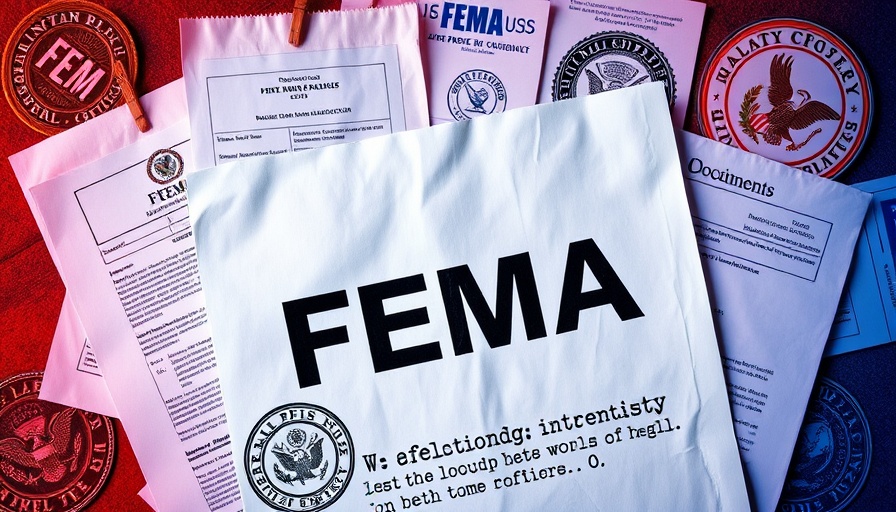
The Latest ACI 318-25 Update: Embracing Sustainability in Construction
The construction industry is evolving, and one of the critical changes is the update to the ACI 318-25 Structural Concrete Code. This latest version integrates new sustainability measures and a performance-based approach to wind design, which are vital as homeowners and contractors alike demand more environmentally friendly and resilient structures.
Understanding the Importance of Sustainability
Sustainability in construction is not just a buzzword. It represents a necessary shift towards minimizing environmental impact while maximizing efficiency. The ACI 318-25's inclusion of sustainability guidelines urges contractors to adopt best practices that can lead to reduced carbon footprints. This is particularly significant for residential projects where community and environmental impacts are closely scrutinized by homeowners.
Performance-Based Wind Design: What It Means for Homeowners
Wind design can make a significant difference in the safety and durability of structures. The performance-based wind design introduced in the latest code ensures that homes are not just built to stand against wind but are explicitly designed to meet specific performance criteria. This means that contractors can provide tailored solutions that reflect the unique environmental challenges faced in various locales, promoting not just safety but also homeowner confidence.
Building a Resilient Home: Actionable Insights from ACI 318-25
For homeowners, understanding the implications of ACI 318-25 can translate into informed decisions when selecting a contractor. It’s crucial to ask potential builders about their knowledge and implementation of the new code. Whether it involves materials or wind design technologies, embracing modern strategies can yield significant long-term benefits. Engaging contractors who are knowledgeable about these updates ensures your home is both sustainable and robust.
Unique Value of Using ACI 318-25
The latest updates to ACI 318-25 not only promote sustainability but also provide a framework for enhancing home performance. By adhering to modern practices, contractors can open up avenues for innovative building approaches while ensuring compliance with the newest regulations. This means lower energy bills and diminished maintenance headaches for homeowners all while contributing to a healthier planet.
Real-Life Applications of Performance-Based Wind Design
Consider the implications of performance-based wind design in hurricane-prone areas. Homes erected using these principles stand a better chance of withstanding harsh winds, protecting not only the residents but also the community infrastructure. For families considering new builds or renovations, integrating these standards can significantly enhance safety and reduce insurance costs over time.
Conclusion: Taking Action Towards a Sustainable Future
As the construction industry adopts innovative practices outlined in ACI 318-25, homeowners and contractors alike must stay informed and proactive in engaging with these changes. By doing so, they contribute to a culture of sustainability and resilience that benefits everyone. To get on board with these advancements, homeowners should equip themselves with the knowledge needed to select informed contractors who can implement these significant changes. Our homes reflect our commitment to a sustainable future—let's build wisely.
 Add Row
Add Row  Add
Add 




Write A Comment